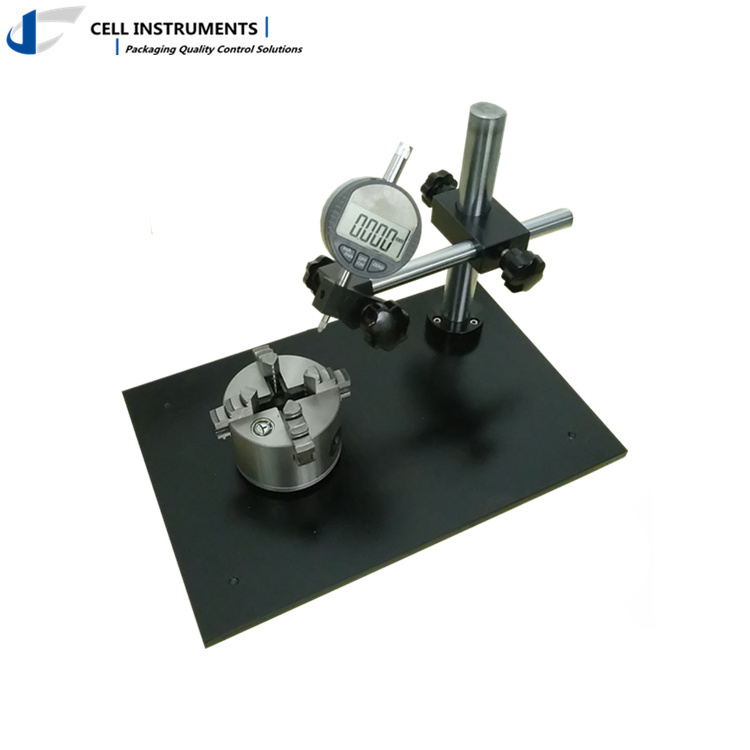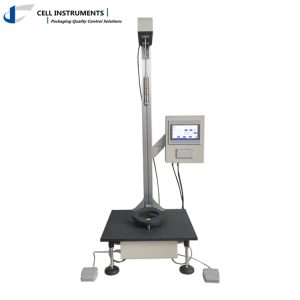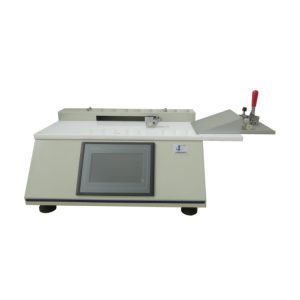Introduction
In the manufacturing and packaging industries, precision and quality control are paramount. One critical aspect that often gets overlooked is the perpendicularity of bottles. Ensuring that bottles are perpendicular, or perfectly upright, is essential for various reasons ranging from aesthetic appeal to functional efficiency. This article delves into the importance of measuring bottle perpendicularity, the impact of deviations, and how using a bottle perpendicularity tester can enhance quality assurance processes.
The Significance of Bottle Perpendicularity
Aesthetic Appeal and Consumer Perception
A bottle that stands perfectly upright on a shelf catches the eye and gives an impression of quality and professionalism. When bottles are not perpendicular, they can lean to one side, creating an untidy and unprofessional look. This can negatively affect consumer perception and deter potential buyers.
Functional Efficiency
Bottles that are not perpendicular can cause significant issues during the filling, capping, and labeling processes. A tilted bottle might not fill evenly, causing discrepancies in product volume. During capping, an off-perpendicular bottle might result in improper sealing, which can lead to leaks and contamination. Moreover, labels might not be applied correctly, impacting the overall appearance and brand image.
Storage and Transport
Non-perpendicular bottles can cause issues during storage and transport. They are more prone to tipping over, which can lead to breakage or spillage. This not only results in product loss but also increases the risk of workplace accidents. Ensuring that bottles are perfectly upright minimizes these risks and ensures safe and efficient handling.
The Role of a Bottle Perpendicularity Tester
Precision and Accuracy
A bottle perpendicularity tester is an essential tool in quality control. It ensures that every bottle produced meets the required perpendicularity standards. The PER-01 Perpendicularity Tester by Cell Instruments is a highly recommended device for this purpose. It provides accurate and reliable measurements, helping manufacturers maintain consistent quality.
Enhancing Quality Assurance
Using a bottle perpendicularity tester as part of the quality assurance process ensures that any deviations in bottle uprightness are detected early. This allows for corrective actions to be taken before the bottles reach the market. By integrating this step into the production line, manufacturers can significantly reduce the risk of defective products.
Compliance with Standards
In many industries, adherence to strict quality standards is mandatory. Using a bottle perpendicularity tester helps ensure compliance with these standards, thereby avoiding potential legal issues and maintaining brand reputation.
Impact of Deviations in Bottle Perpendicularity
Product Integrity
Deviations in bottle perpendicularity can compromise the integrity of the product. For example, in the beverage industry, improperly sealed bottles due to perpendicularity issues can lead to carbonation loss in sodas or beer, affecting taste and quality. In pharmaceuticals, such deviations can lead to contamination and dosage inaccuracies, posing serious health risks.
Consumer Safety
Ensuring bottle perpendicularity is also crucial for consumer safety. Bottles that are not perpendicular can lead to leaks and spills, which can cause slips and falls. In the case of hazardous materials, this can lead to severe injuries or environmental damage.
Conclusion
Measuring bottle perpendicularity is a crucial aspect of quality control in the manufacturing and packaging industries. It impacts everything from aesthetic appeal to functional efficiency, storage, and consumer safety. By using a bottle perpendicularity tester like the PER-01 Bottle Perpendicularity Tester by Cell Instruments, manufacturers can ensure that their bottles meet the highest standards of quality and safety.
FAQs
1. What is a bottle perpendicularity test?
The test measures the uprightness of a bottle to ensure it stands straight without leaning. This test is crucial for maintaining product quality and safety.
2. Why is bottle perpendicularity important?
It is important for aesthetic appeal, functional efficiency during filling and capping, safe storage and transport, and overall product integrity.
3. How does a bottle perpendicularity tester work?
The tester uses precise measurements to determine the angle at which a bottle stands. It identifies deviations from the vertical axis to ensure each bottle is perfectly upright.
4. What industries benefit from bottle perpendicularity testing?
Industries such as beverages, pharmaceuticals, cosmetics, and chemicals benefit from the testing to ensure product quality, safety, and compliance with standards.
5. How can the PER-01 Perpendicularity Tester by Cell Instruments improve quality control?
The PER-01 Perpendicularity Tester by Cell Instruments provides accurate and reliable measurements, helping manufacturers detect deviations early, maintain consistent quality, and comply with industry standards.





